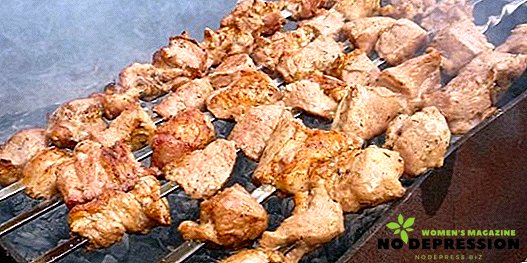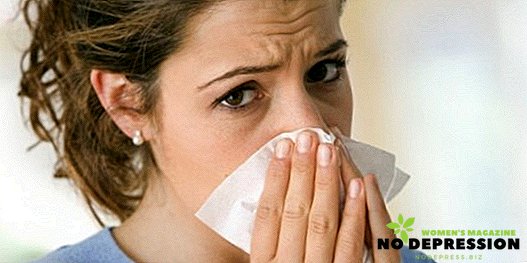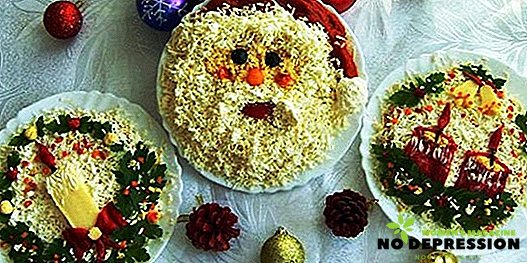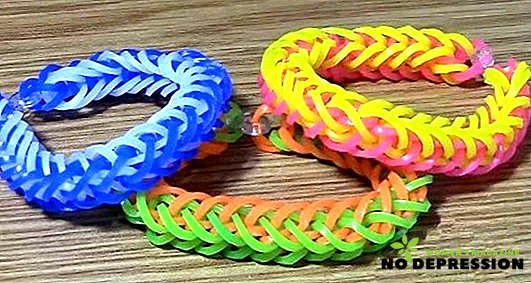Signs of a stroke in men are usually more pronounced than in women, less often atypical. This is a favorable factor that allows you to recognize the pathology and prescribe adequate treatment.
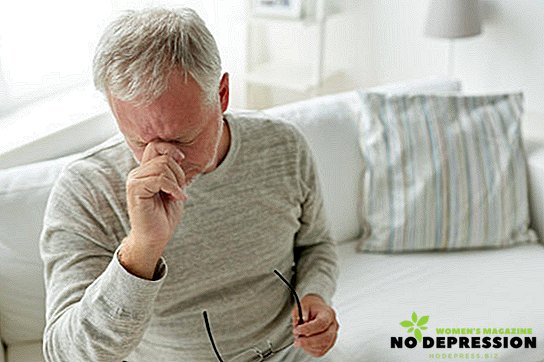
Stroke - what is it?
Stroke is an acute violation of cerebral circulation. This disease develops due to damage or obstruction of blood vessels that feed the brain. From the Latin "stroke" is translated as "jump" or "jump."
As a result of vascular obstruction, a part of the brain that loses its blood supply loses its function and dies off. Pathology is formed in stages:
- Clogged vessels that feed the brain, blood clot or a sharp jump in pressure.
- Oxygen starvation of cells develops due to circulatory problems.
- Brain cells die as a result of progressive hypoxia.
- Necrosis begins, and the affected area cannot perform its functions.
Stroke has several development mechanisms. It is divided into types depending on the nature of the changes that led to the problem. There are three types of this disease:
- Ischemic. It is associated with insufficient blood flow or complete cessation of blood supply to certain parts of the brain due to thrombosis.
- Hemorrhagic. It is a hemorrhage in the brain due to damage to the vascular walls. As a result, a hematoma is formed, which squeezes the cells, causes disruption of their work or death.
- Subarachnoid. With this type of stroke, the blood enters the space between the arachnoid and the soft sheath of the brain.
Separately, you must specify such a thing as microstroke. This is an unofficial medical term, which is also used by specialists. A microstroke is also an acute impairment of blood circulation, but the brain cells are damaged for from two minutes to several days.

Their function is further amenable to recovery. The prefix "micro" indicates the destruction of only small vessels. A stroke has several nuances:
- It occurs in males more often by 30% than in women.
- Men can face this pathology even after 40 years, women are usually diagnosed after 60 years.
- Male mortality after stroke is lower than female.
- For men, the ischemic form of the pathology is more characteristic, for women - hemorrhagic.
Signs of stroke and microstroke
Ischemic stroke
With this form of the disease, a headache may appear, which grows gradually and increases. Numbness of the face, dilated pupil, paralysis of the extremities, impaired coordination of movements and speech, blurred vision, problems with swallowing, fever may also occur.
On the side that is located opposite the affected one, muscle atony can be observed, for example, drooping of the corner of the mouth, the omission of the upper eyelid. In the case of thromboembolism, cerebral arteries can be a violation of breathing, loss of consciousness, epileptic seizures.
These symptoms are considered unfavorable.
Hemorrhagic stroke
With this pathology, intense headache appears very sharply. It is accompanied by pain in the eyes, a feeling of pulsation in the head, vomiting, nausea, problems with breathing, a strong heartbeat, and disturbances of consciousness can occur, such as a stopper or coma.
Blurred shape
 Symptoms of stroke in men are rarely atypical, but in some patients who have diabetes, there may be an erased form of this pathology.
Symptoms of stroke in men are rarely atypical, but in some patients who have diabetes, there may be an erased form of this pathology.
In this case, the headache is practically absent, there is a general deterioration of health. At the same time, despite not pronounced signs, pathology in this case represents the least danger.
Harbingers of this type of stroke can be:
- unmotivated weakness;
- persistent headache;
- dizziness.
Microstroke
Symptoms in this form of the disease are similar to stroke, but the signs are not so pronounced. There may be a severe headache that cannot be relieved by painkillers, muscle atony on one side of the body.
The main precursors of stroke
Often, 2 days before the onset of an attack, the first symptoms may appear. A rare man pays attention to them. They quickly disappear, and after a while the attack begins. His most frequent precursors are:
- bouts of nausea;
- slight dizziness;
- weakness;
- mood swings;
- sudden and quick pains in the head.
The following symptoms may also occur:
- slow pulse;
- numbness in one of the limbs;
- blood flow to the face;
- unexpected sweating;
- hearing and vision impairment;
- clouding of consciousness.
These symptoms should alert the man, forcing him to consult a specialist. The doctor will conduct an examination and can quickly stop the disease.
SPD test
If you expect a stroke attack, you need to conduct a simple test, which is as follows:
- Smile. Ask the patient to smile. In the case of a stroke, the smile will be asymmetrical, like a smirk. On the healthy side, the corners of the lips will be raised. On the affected side, the lip will be lowered due to a decrease in the sensitivity of this area.
- Talk to a man. During a stroke, a blur of speech appears. Speech becomes slurred, in some cases may be completely absent. According to some patients, they feel "mouthful of porridge" during a conversation. Not only the pronunciation, but also the understanding of speech can be disturbed. You can also ask the patient to stick out the tongue - if he is biased to the side, this may indicate a stroke.
- Raise up your hands. In a stroke, one arm will be lower than the other, and in the case of an attempt to keep the arms in an extended position, the sore arm will fall.
First aid for stroke
It is necessary to immediately call an ambulance, and before her arrival to help the patient with the following actions:
- Carefully lay the victim on a flat surface, place the pillow under the head, because it should be at a higher level than the legs.
- Any sudden movement can worsen the condition of the patient, so he can not move and get up.
- In order not to induce vomiting, the patient should not be given food and water. And if the vomit still appeared, turn the patient's head to the side so that he does not suffocate.
- Try to free him from the embarrassing clothes.
- When in the room, open the window to provide fresh air.
- Cool the neck area with ice or apply a bottle of cold water, warm the legs with a heater.
- Place a glycine tablet under the tongue.
- Measure pulse and pressure, write down these indications for doctors.
- In no case can not give antispasmodics or drugs for the heart, because they can cause the cessation of breathing. If a person's condition allows, high blood pressure can be reduced with ordinary medicine.
- In case of paralysis of the limbs, rub them with a mixture of two parts of vegetable oil and one part of alcohol 96%.
- In an epileptic seizure, turn the victim onto its side and insert a comb in between its teeth, wrapping it in a rag.
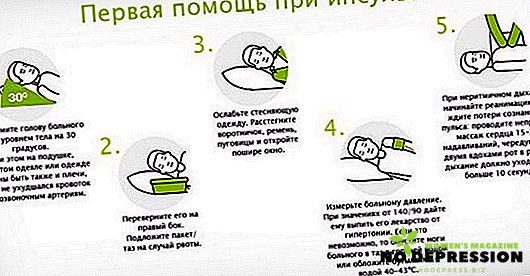
- If a man has lost consciousness, it is necessary to carefully lift him higher, in the presence of dentures, they must be removed.
- When you stop breathing and the disappearance of the pulse, you must continue resuscitation until the arrival of physicians.
Prevention
The following recommendations will help reduce the risk of stroke in men:
- It is necessary to forget about smoking and alcohol.
- Reduce overweight with a balanced diet and active lifestyle.
- Regularly monitor blood pressure and be examined for possible diseases.
- Regularly take walks in the fresh air to get a charge of positive emotions and eliminate stress.
- Avoid intense physical exertion.




